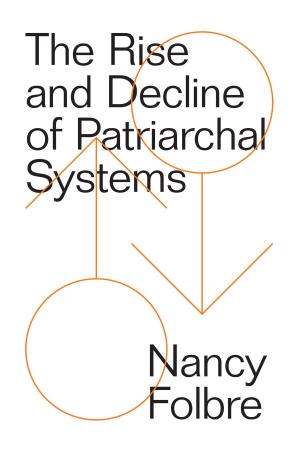The Last White Election
Nonfiction, Social & Cultural Studies, Political Science, Government, Democracy, History, Americas, United States| Author: | Mike Davis | ISBN: | 9781781682791 |
| Publisher: | Verso Books | Publication: | October 1, 2019 |
| Imprint: | Verso | Language: | English |
| Author: | Mike Davis |
| ISBN: | 9781781682791 |
| Publisher: | Verso Books |
| Publication: | October 1, 2019 |
| Imprint: | Verso |
| Language: | English |
One of the most incisive, heterodox analysts of contemporary American politics and society turns his attention to the demographic revolution that is already—albeit largely quietly thus far—transforming American politics. The dilemma of the modern Republican party is that its most active element, the Tea Party, has a profile that is remarkably old and ubiquitously white. Meanwhile, the significance of young and Latino voters is greater than even the 2012 elections suggest.
Six key states, led by infamously conservative Arizona, have a political generation gap, where there's more than a 30 percent difference between the race and politics of the old and the young. Arizona leads the nation on this gap at 40 percent (83 percent of senior citizens are white; only 43 percent of children are white). But the states of Nevada, California, Texas, New Mexico, and Florida are not that far behind.
But will the demographic revolution ultimately lead to revolutionary politics? Why have Latino and young voters shifted so decisively to the Democrats, and will they remain on the left—and push the party in a progressive direction? Davis's brilliant exegesis of the numbers goes beyond statistics to discern the future shape of American society.
Six key states, led by infamously conservative Arizona, have a political generation gap, where there's more than a 30 percent difference between the race and politics of the old and the young. Arizona leads the nation on this gap at 40 percent (83 percent of senior citizens are white; only 43 percent of children are white). But the states of Nevada, California, Texas, New Mexico, and Florida are not that far behind.
But will the demographic revolution ultimately lead to revolutionary politics? Why have Latino and young voters shifted so decisively to the Democrats, and will they remain on the left—and push the party in a progressive direction? Davis's brilliant exegesis of the numbers goes beyond statistics to discern the future shape of American society.
One of the most incisive, heterodox analysts of contemporary American politics and society turns his attention to the demographic revolution that is already—albeit largely quietly thus far—transforming American politics. The dilemma of the modern Republican party is that its most active element, the Tea Party, has a profile that is remarkably old and ubiquitously white. Meanwhile, the significance of young and Latino voters is greater than even the 2012 elections suggest.
Six key states, led by infamously conservative Arizona, have a political generation gap, where there's more than a 30 percent difference between the race and politics of the old and the young. Arizona leads the nation on this gap at 40 percent (83 percent of senior citizens are white; only 43 percent of children are white). But the states of Nevada, California, Texas, New Mexico, and Florida are not that far behind.
But will the demographic revolution ultimately lead to revolutionary politics? Why have Latino and young voters shifted so decisively to the Democrats, and will they remain on the left—and push the party in a progressive direction? Davis's brilliant exegesis of the numbers goes beyond statistics to discern the future shape of American society.
Six key states, led by infamously conservative Arizona, have a political generation gap, where there's more than a 30 percent difference between the race and politics of the old and the young. Arizona leads the nation on this gap at 40 percent (83 percent of senior citizens are white; only 43 percent of children are white). But the states of Nevada, California, Texas, New Mexico, and Florida are not that far behind.
But will the demographic revolution ultimately lead to revolutionary politics? Why have Latino and young voters shifted so decisively to the Democrats, and will they remain on the left—and push the party in a progressive direction? Davis's brilliant exegesis of the numbers goes beyond statistics to discern the future shape of American society.















